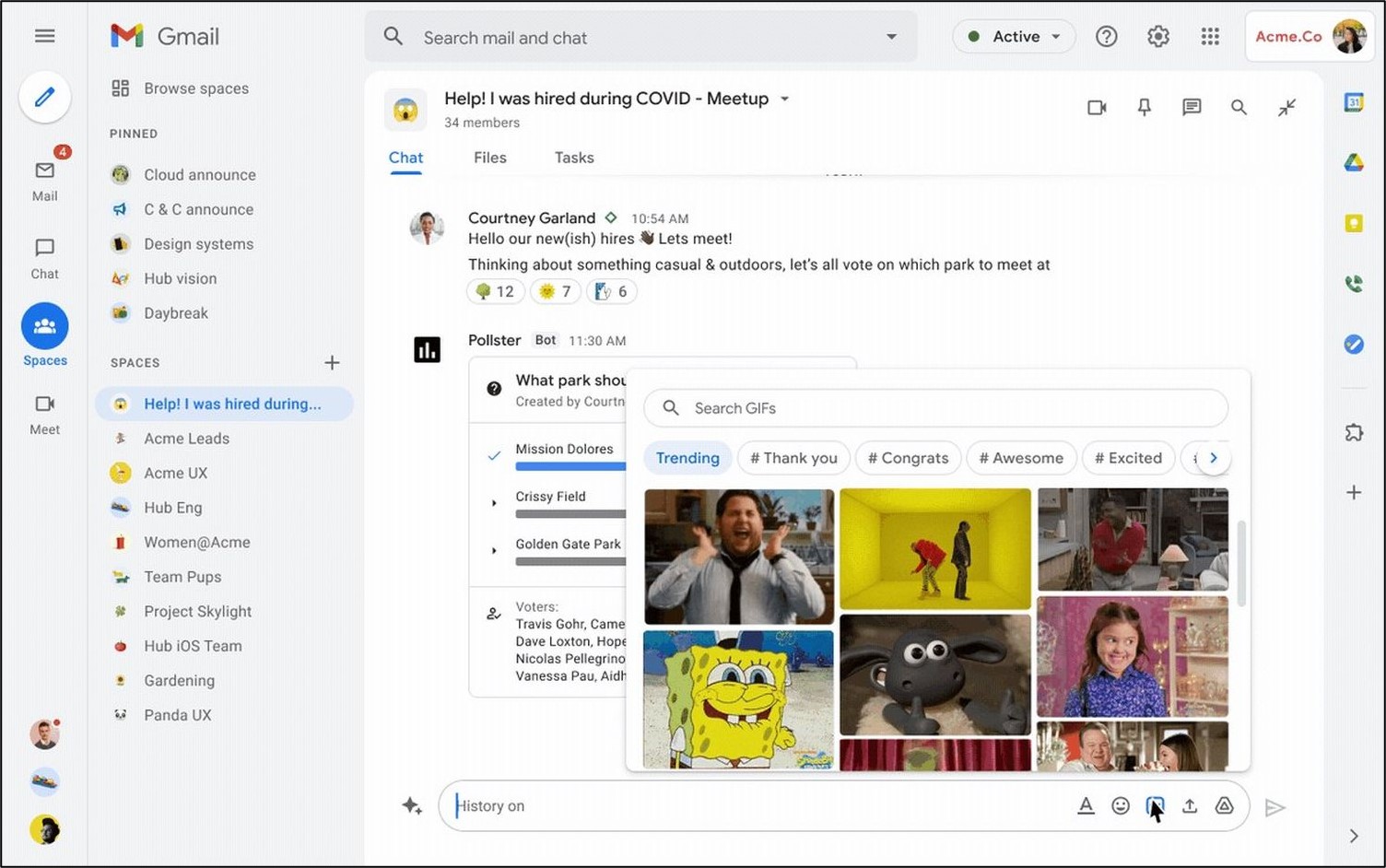Newsletter, private mail or transactional mail? Some email clients sort incoming messages directly into the right category. Because email apps and clients are becoming more and more comprehensive and powerful: providers are aggregating more and more capabilities into the clients and apps and offering services that go beyond reading and sending emails.
These new capabilities and functions of the email apps and clients include, for example:
- Smart mailboxes: Providers analyze incoming emails and try to identify what kind of email it is. The different types of email (e.g., newsletter, transactional or private) are sorted into different categories, making it easier for users to interact with the emails in their inboxes.
- Contract/transaction management: Mailboxes that not only pre-sort emails but also allow the user to manage e.g. contracts, subscriptions, transactions, etc. go a bit further. Transactional emails in particular play a major role here, as they are usually used for communication in these contexts. For example, GMX & Web.de enable users to track packages.
- Integration with other services: Providers who offer other digital services in addition to email apps/clients integrate them with each other both in terms of functionality and seamless customer experience. Gmail, for example, already combines its email function with other Google services such as Google Chat, Google Meet, Google Play Store or Google Pay to create a wallet. Microsoft is also focusing on integrating services such as Outlook and Teams.

Gmail merges email functions with other Google services in a common user interface.
It can be assumed that more and more providers of email clients/apps will grow beyond the classic mailbox. In this way, email clients/apps could develop into online wallets or even into some kind of super apps, such as Weixin/WeChat in China.
On the one hand, these developments mean that email will gain even more importance among users, as email apps/clients will be at the center of a wide range of digital services. On the other hand, new potential is also opening up for email marketing. Email will become the central entry point at many touchpoints in the customer journey (see also trend Email will become the center of the current zero and first party data renaissance). This makes it easier for email marketers to manage interactions in the customer journey across channels, especially if the channels are brought together in a central interface in the email apps/clients.
However, the more extensive functionalities also create new ways of obtaining data and further triggers for automated email communication. Here, however, it remains to be seen to what extent the providers of the email apps/clients will enable email marketers to use them. Early indications are that providers will try to monetize this data and triggers themselves, rather than making it available to third parties.